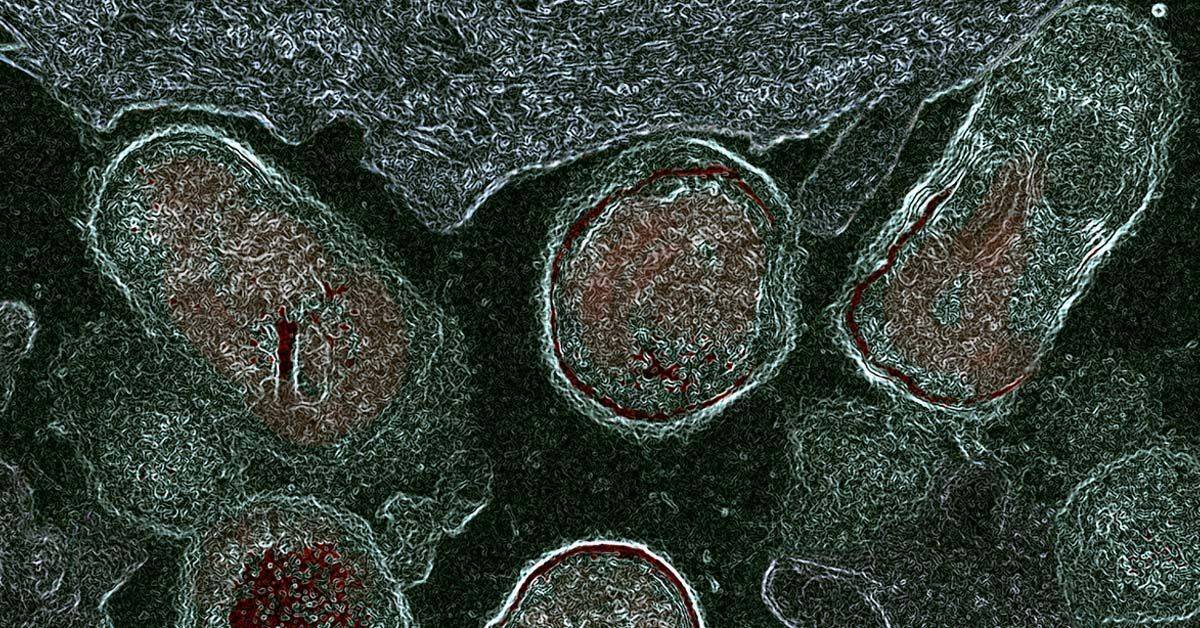Scientists Discover Hidden Hormone That Triggers Ovulation

The hormone, secretoneurin, a neuropeptide derived from the protein secretogranin-2, has been identified as essential for stimulating ovulation in zebrafish, the journal PNAS Nexus reported.
This breakthrough holds important potential for advancing fertility research, with practical applications in both aquaculture and species conservation.
“Secretoneurin is an evolutionarily conserved peptide found in species ranging from ancient fish to humans,” explains Vance Trudeau, the lead researcher and Full Professor at uOttawa’s Department of Biology.
“Using a novel biochemical method, we simultaneously measured the relationship between multiple hormones during the ovulatory cycle of female zebrafish. This allowed us to identify secretoneurin’s pivotal role in inducing ovulation.”
The study reveals the potential of secretoneurin as a powerful regulator of reproduction in fish, with possible implications for other vertebrates, including humans. “Two of my PhD students invented a biochemical method that allowed us to simultaneously measure the relationship between many known and novel hormones,” says Professor Trudeau
The research team found that a single injection of secretoneurin caused ovulation in female zebrafish that were isolated from males and not in their normal ovulatory cycle. Further investigation revealed that secretoneurin rapidly and robustly activated key genes in the brain, pituitary, and ovaries that stimulate the process of ovulation.
“By demonstrating that secretoneurin stimulates ovulation, we’ve established that this novel hormone significantly impacts fish reproduction,” Professor Trudeau states. “This study is the first to show secretoneurin inducing ovulation in normal fish, strongly validating our earlier work with zebrafish carrying mutated peptide genes.”
The significance of this discovery extends beyond fish biology. Professor Trudeau notes, “Zebrafish are a powerful model species, and most of the hormones in fish are the same as in other vertebrate animals. This means that what we discover in fish may have applications and significance for other animals, including humans.”
The potential applications of this research are far-reaching. “Secretoneurin or synthetic versions of it could be used to stimulate ovulation in farmed fish or endangered species, or to potentially help with infertility treatments,” Professor Trudeau suggests.
This multinational collaboration, involving researchers from Canada, China, the USA, and Israel, is exploring new avenues. “Our ongoing studies are focused on where exactly in the body secretoneurin acts. For example, which specific cells in the ovary produce secretoneurin, and what is its precise role there? It could control sexual behavior as well,” Professor Trudeau concludes, highlighting the excitement and potential for further pioneering studies in this field.
4155/v
























